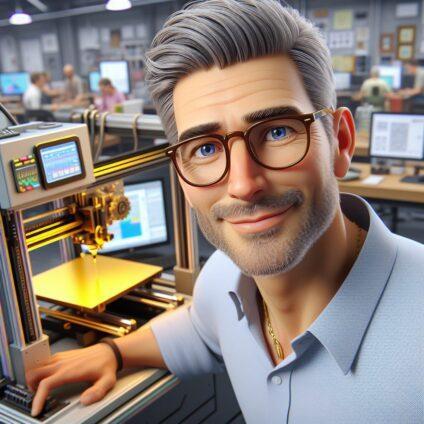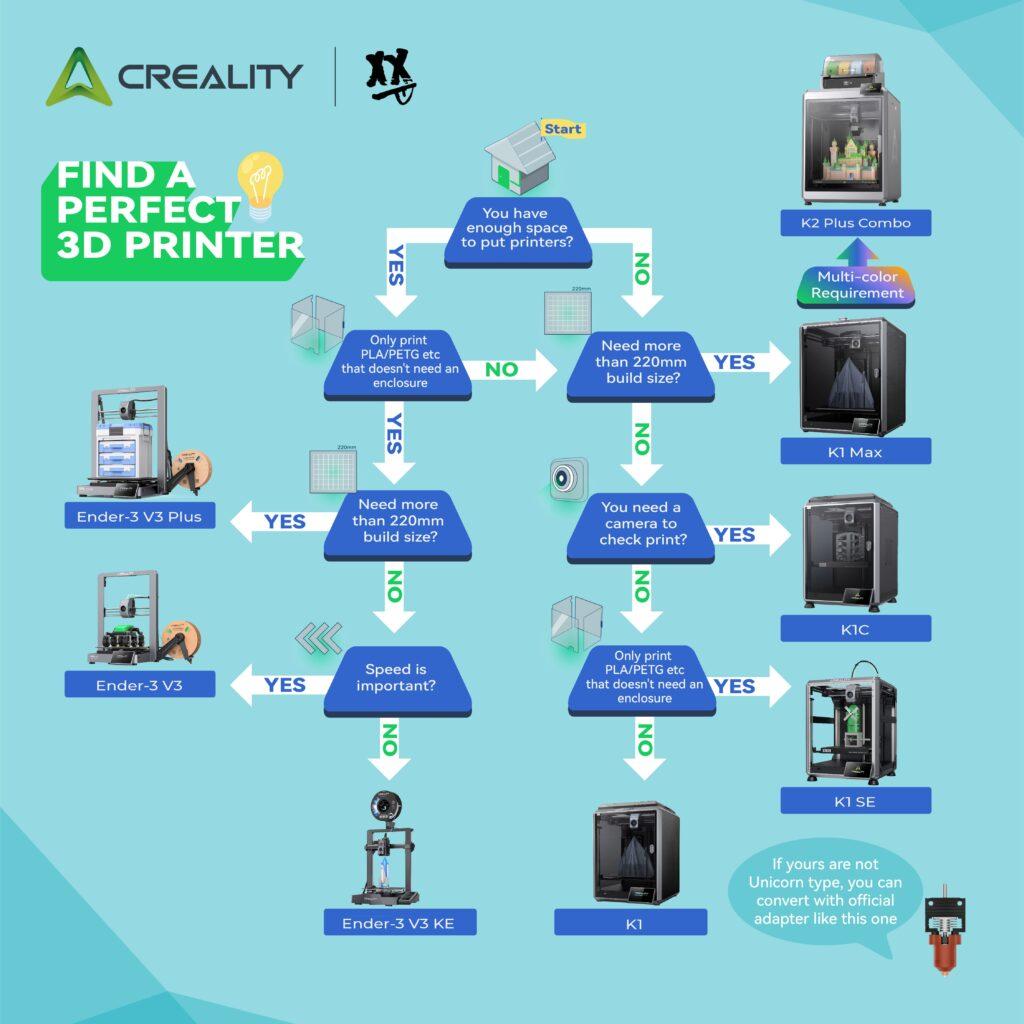How Additive Manufacturing and Metal Injection Molding Are Driving the Next Era of Golf Innovation
Explore how 3D printing and metal injection molding are transforming golf club design. Discover the future of performance, customization, and sustainability in the game.

The Evolution of the Golf Club: From Forging to Fabrication
For decades, the art of crafting golf clubs has been a delicate balance between tradition and innovation. Forged steel heads, CNC-milled faces, and precisely weighted shafts have long defined the clubs in your bag. But today, an industrial shift is reshaping the very foundations of how these clubs are made—and it’s happening in factories powered by lasers and layer-by-layer printing.
3D printing, or additive manufacturing, is no longer confined to prototypes or engineering labs. It’s now being used to create customized, performance-optimized golf clubs that push the limits of what traditional manufacturing methods can achieve. In tandem with metal injection molding (MIM), these technologies are allowing engineers and designers to experiment freely with geometries, materials, and structures once considered impossible.
Real-World Drive: How Cobra Golf Teed Up 3D Printing
To understand how this technology is changing the game, look no further than Cobra Golf’s KING Supersport-35—a putter co-designed with HP and Parmatech using metal 3D printing.
This club wasn’t just a gimmick. Cobra wanted to reduce weight while enhancing stability and feel. Traditional casting methods would have limited the lattice structure inside the head, but with 3D printing, engineers were able to optimize the internal geometry using topology design—a practice that enhances strength while minimizing material use.
Real-World Result:
Golfers reported better feedback and roll consistency. The design, which would have taken months to tool and manufacture conventionally, was turned around in just a few weeks with additive manufacturing.
?️ “It feels like you can’t mishit it,” said Rickie Fowler, PGA pro and Cobra ambassador. “It’s incredibly balanced.”
The Science Behind the Swing: Why Additive Manufacturing Matters
Golf clubs are all about precision. The smallest tweaks in weight distribution, face angle, and head structure can dramatically influence performance. That’s where additive manufacturing shines.
Key Benefits of 3D Printing in Golf:
- Weight Optimization: Designers can create hollow or lattice-filled structures that redistribute mass for better balance.
- Rapid Prototyping: New concepts can be tested within days, not months.
- Material Efficiency: Less waste, lower cost, and fewer supply chain bottlenecks.
- Customization: Tailor-made clubs based on a golfer’s swing data, grip preference, or playing style.
This opens the door for next-gen golf gear that feels more personal and responsive than ever.
Beyond Putters: The Next Frontier for Drivers, Irons, and Wedges
While most 3D printing in golf has centered around putters, companies are eyeing other opportunities. MIM, a process where metal powders are molded and sintered to form high-strength parts, is being paired with 3D design to push innovation in wedges, iron faces, and hosel structures.
Imagine a driver head with internal shock-absorbing latticework, or irons with ultra-thin faces that maintain strength without compromising forgiveness.
Visual Suggestion:
? Infographic comparing traditional casting vs. 3D printed head construction: weight distribution, prototyping time, cost per iteration, material waste.
From Custom Fittings to Mass Personalization
3D printing is not only about performance—it’s about accessibility and individuality.
Brands like Callaway and TaylorMade are investing in tech that can take a golfer’s data—from swing speed to clubface angle—and generate a uniquely optimized clubhead on the fly.
And as digital scanning and AI-powered swing analysis tools become more mainstream, the future of golf could be hyper-personalized equipment made just for you—at your local pro shop.
Case Study: How One Golfer Gained 15 Yards
In a beta test conducted by a small boutique brand using metal AM (additive manufacturing), a 14-handicap golfer was given a 3D printed iron designed to match his swing speed and launch angle.
After a few rounds, the data showed:
- Launch angle increased by 1.8°
- Ball spin dropped by 500 RPM
- Distance improved by 15 yards on average
More importantly, the golfer said it “felt like the club was reading [his] mind.”
Challenges and Limitations
As promising as the tech is, there are still hurdles:
- Cost: High-end metal printers and post-processing are expensive.
- Durability: Not all printed materials match the longevity of forged steel—yet.
- Adoption: Traditionalists in the golf world are slow to accept rapid changes.
But just as graphite shafts and cavity backs were once doubted, 3D printing is beginning to earn its place on the fairway.
Sustainability: A Greener Way to Manufacture
Traditional manufacturing processes generate significant waste. 3D printing, by contrast, uses only the material necessary, making it a more eco-conscious choice. Combined with recyclable metal powders and localized production, golf brands can reduce carbon emissions while innovating.
Visual Suggestion:
♻️ Pie chart showing material waste comparison: forging vs. additive manufacturing
The Future Is Forged in Layers
The golf club of the future won’t just be forged in fire—it will be grown, layer by layer, in a factory that looks more like a tech lab than a foundry.
As printers get faster, materials get stronger, and AI-driven design tools advance, expect to see more golf brands embracing digitally fabricated equipment. The result? Clubs that aren’t just manufactured—they’re engineered for you.
A New Era of Performance and Personalization
From the first swing of a wooden club on Scottish soil to today’s precision-engineered drivers, the game of golf has always evolved. Now, with additive manufacturing and MIM leading the charge, we’re entering a new era—one where technology, customization, and creativity blend to give golfers an edge never seen before.
If you’re a gearhead, tech enthusiast, or just someone who loves pushing the boundaries of the game, keep your eyes on this space. The factory floor may just be the new fairway.


